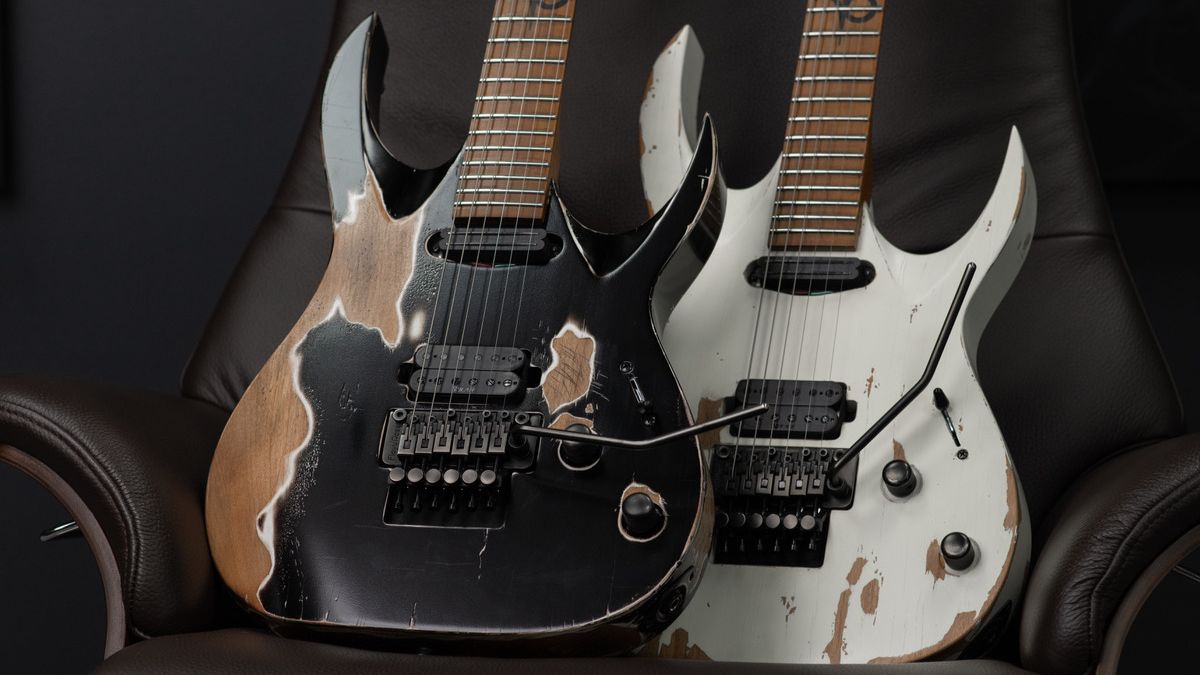The world’s most influential guitar gear designers: meet the pioneers behind the innovations that changed the electric guitar forever
It’s not just star guitarists who have changed the way we play – these are the innovators whose inventions forever altered the course of the guitar itself
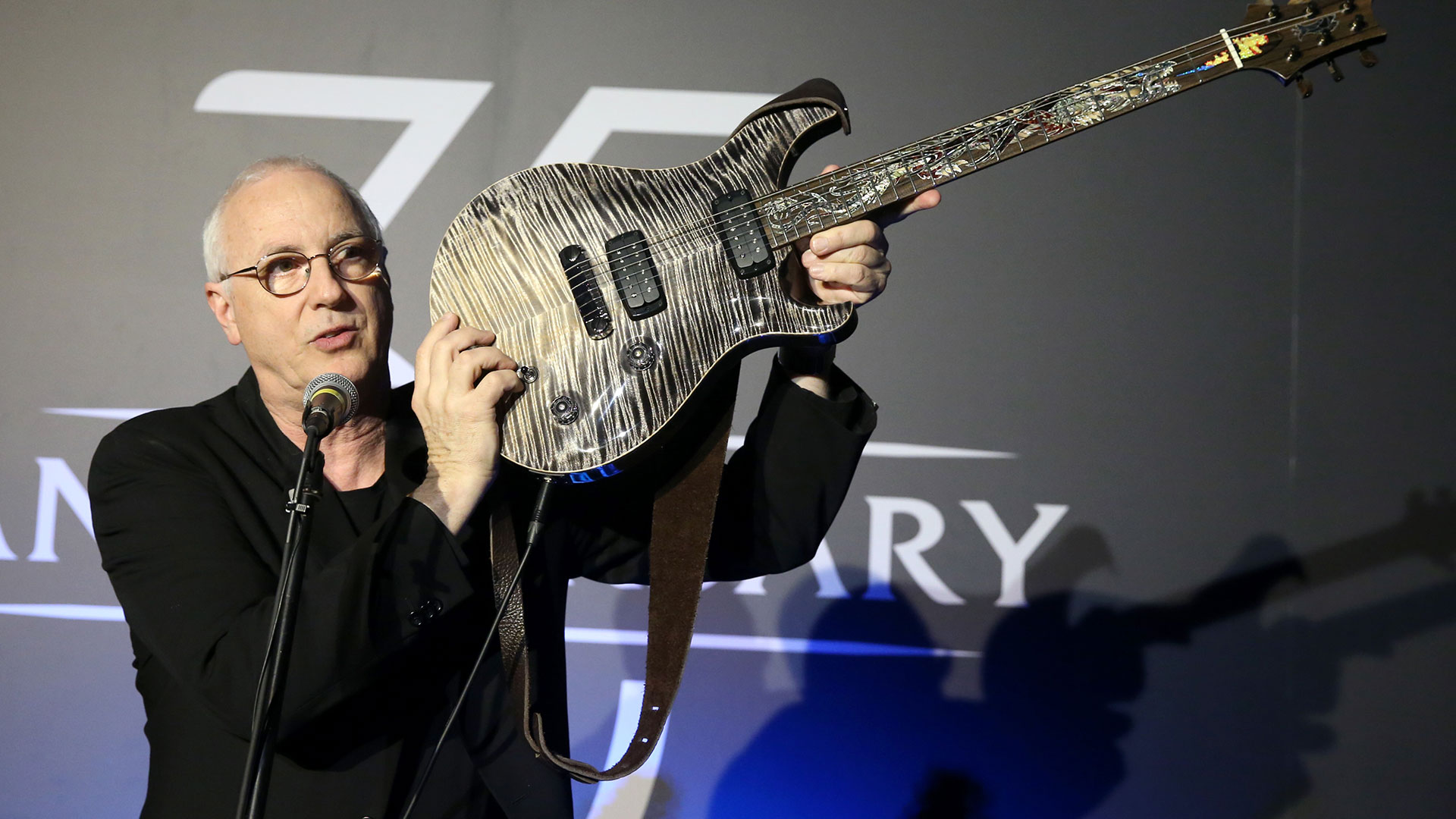
The most influential guitar gear designers of the last century or so may have all made huge contributions to the evolution of the style and sound of electric guitar builds, but browsing the list below, it’s clear they are by no means treated equally in the eyes of history.
Whether that is down to merit, marketing or the simple limits of our collective technical knowledge, is open to debate. What’s not up for argument is that there are three clear tiers apparent in the names listed below.
Firstly, there are those whose names have become so universal they eclipse the individual fame of their founders. We’re talking the likes of Leo Fender and Jim Marshall.
Then there are those whose names, while not as widespread, immediately inspire respect and reverence among players: see Seth Lover or Roger Mayer.
The third tier consists of those who deserve a little more of the spotlight when it comes to the history of guitar design: for instance, the likes of pickup pioneers Walter Fuller and Ray Butts.
Finally, you might note that this is a list of exclusively white men. The unfortunate nature of the industry – and wider social fabric – of the time of electric guitar design’s most significant developments (mid-20th century) meant the most widespread innovations were limited to a very narrow demographic.
Many women and people of color were involved in guitar manufacture and performance across that period, not least during WWII, but sadly they were, at worst, prohibited and, at best, under-represented when it came to the firm’s founders and product development teams.
All the latest guitar news, interviews, lessons, reviews, deals and more, direct to your inbox!
1. Floyd D. Rose
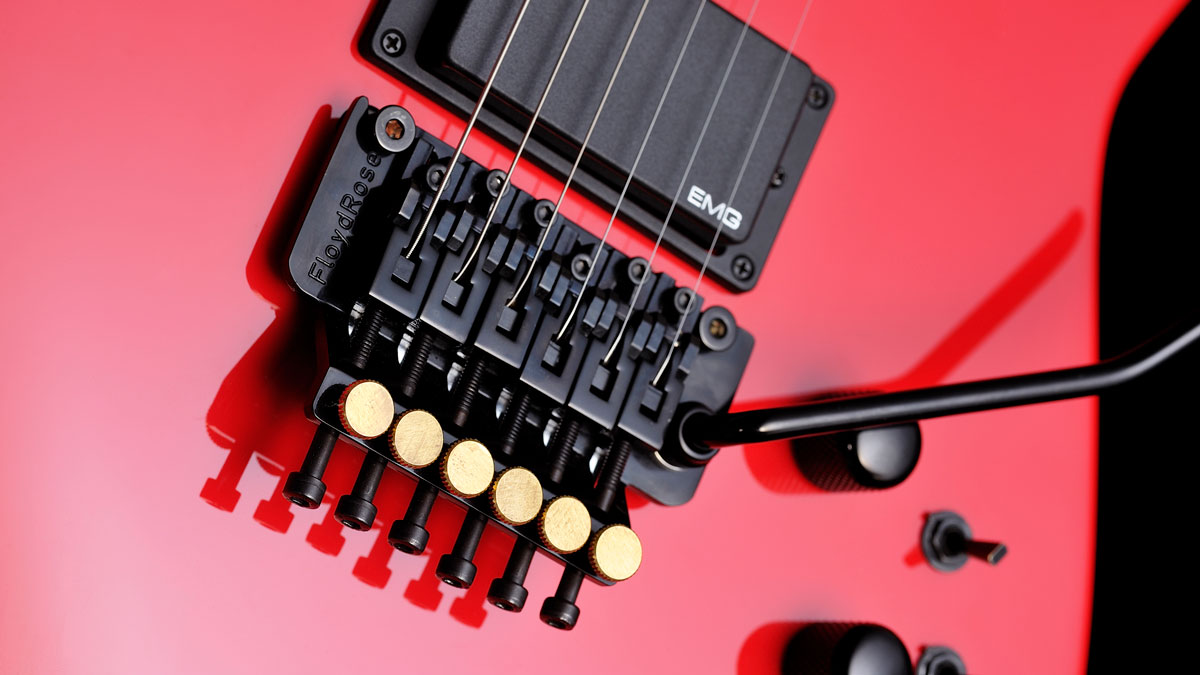
The locking trem pioneer
It’s hard to imagine what Steve Vai and Joe Satriani would have sounded like without the Floyd Rose Locking Tremolo. The unit was engineered in 1976 to provide more tuning stability for guitarists hoping to push instruments to their very limits.
The hand-made double locking system, which featured clamps around the nut and bridge, was then licensed to Kramer Guitars for large-scale manufacturing, eventually ending up in the hands of Eddie Van Halen. Guitar music was never the same again.
2. Jim Marshall
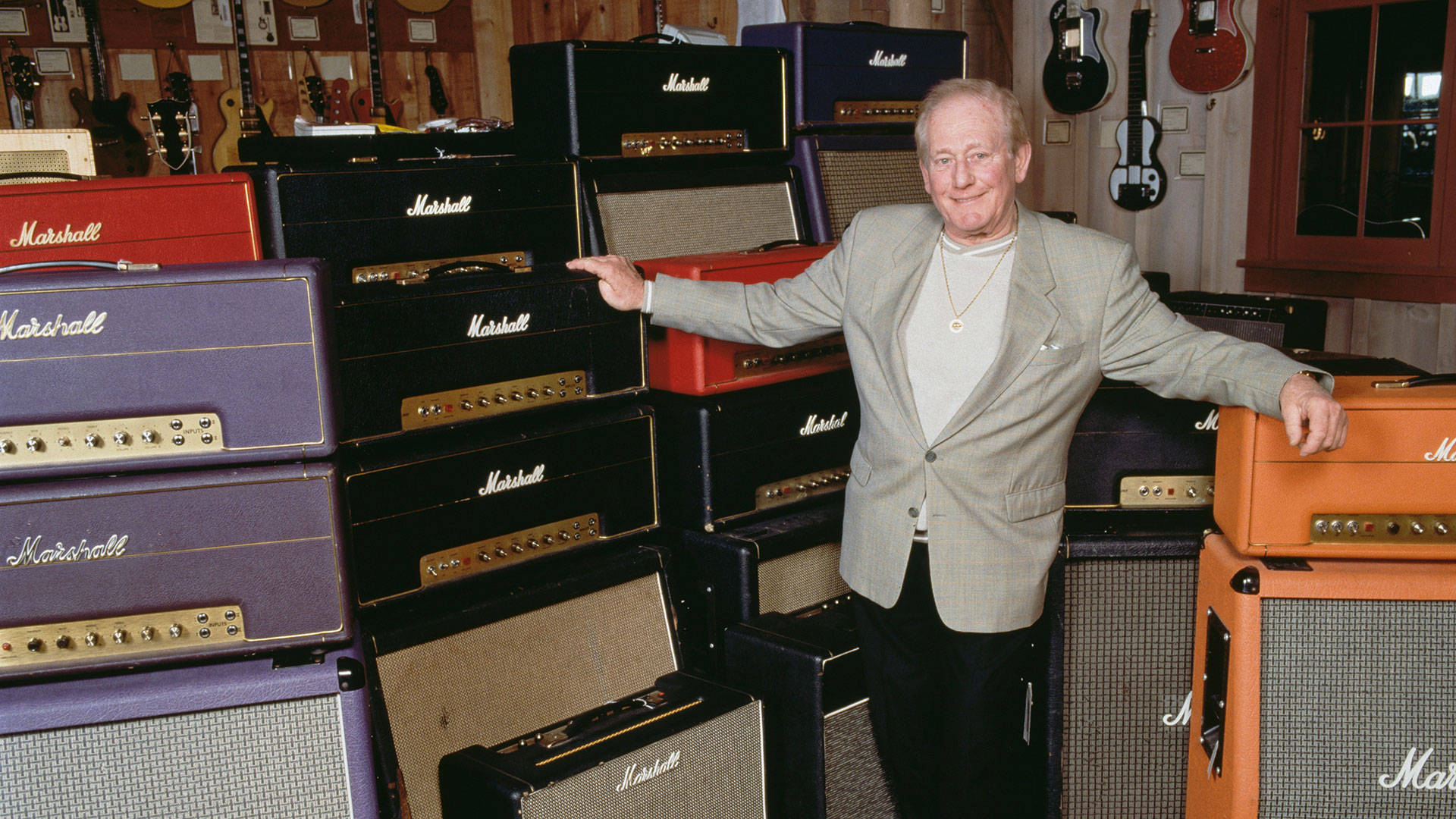
The Brit who made it loud
There’s a good reason why English amp innovator Jim Marshall ended up earning himself the nickname ‘The Father of Loud’.
As well as creating the British amp sound with the revolutionary JTM45 in 1963, he also helped guitarists conquer bigger venues and reach more people with inventions like the 100-watt Super Lead Model 1959 and the 4x12 speaker cabinet – originally requested by The Who’s Pete Townshend.
Ultimately, his ingenuity gave rock musicians like Jimi Hendrix and Eric Clapton the volume and power they needed to take over the world.
3. Leo Fender
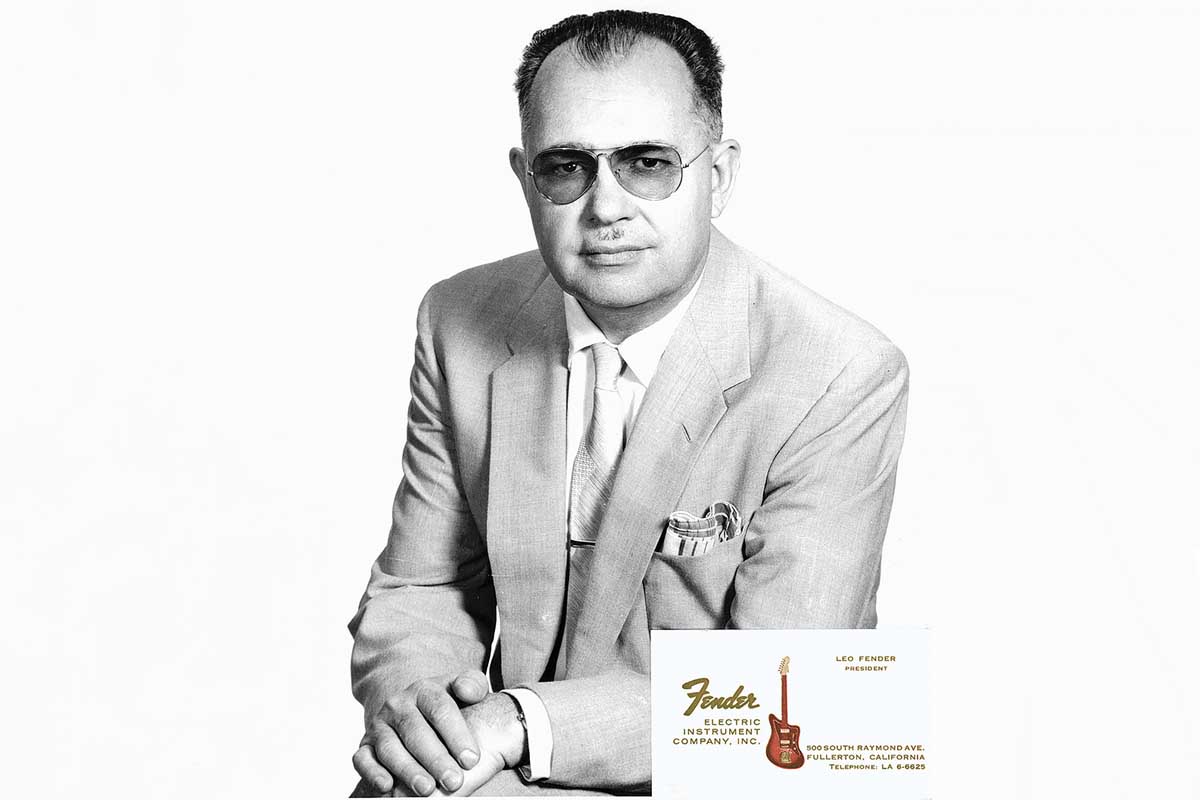
A key player in the evolution of guitar
If Leo Fender had only masterminded the world’s first mass-produced solid-body electrics in 1948, that would have been enough. But as well as pioneering instruments like the Broadcaster (later renamed the Telecaster) and the Stratocaster – which continue to thrive over seven decades later – the Californian also changed the world by inventing the three ‘woodie’ amps of 1946: the original Princeton, Deluxe (also known as the Model 26) and Professional.
For those reasons, Leo remains one of the most central characters, if not the most central, in the evolution of guitar.
4. Les Paul
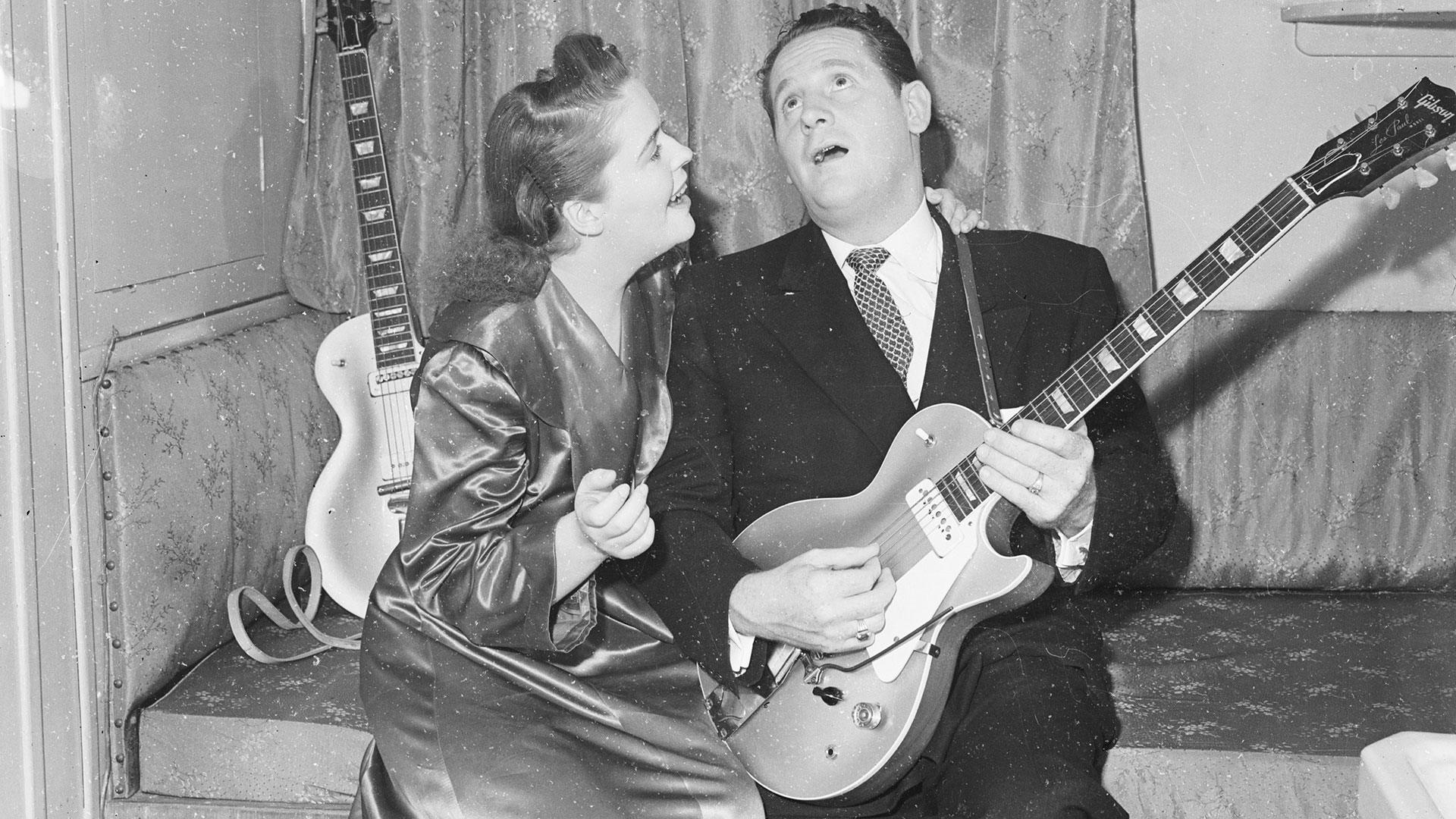
Father of the solidbody electric
The world’s first solidbody electric was actually designed by Les Paul in 1941, though Gibson showed no interest until Fender had released the Esquire and Broadcaster nearly a decade later. His name still appears on the headstocks of Gibson and Epiphone electrics to this day and rightly so.
Much like Leo Fender, his contributions to the music industry were multifaceted – as well as being a highly influential guitarist in his own right, Les Paul also helped create sound on sound overdubbing, tape delay and multi-track recording.
5. Paul Bigsby
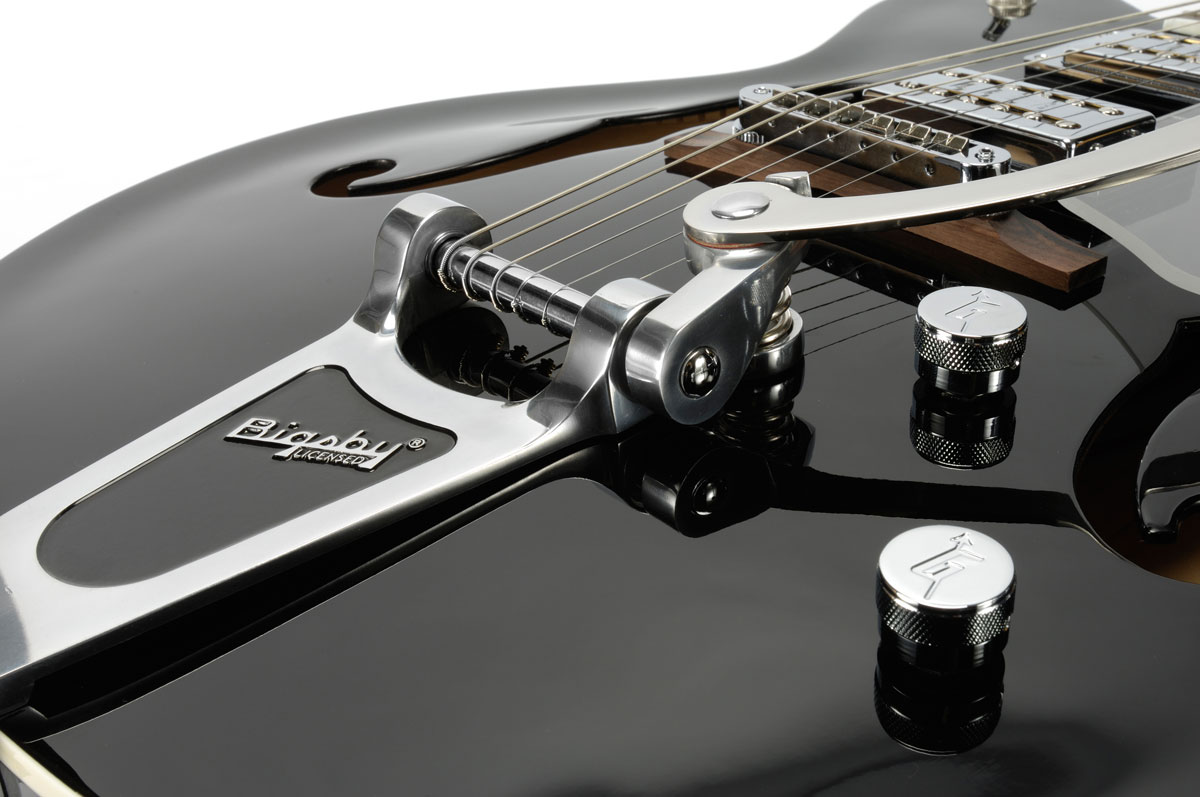
Vintage trem designer
A motorcycle racer turned guitar luthier, American innovator Paul Bigsby is best known for designing the vintage-style vibrato tailpiece seen on Gibson and Gretsch models. But as a builder of guitars, pickups and lap steels, there was a lot more to him that just that.
He was responsible for influencing the solidbodies we know today, with Leo Fender himself having been inspired by Bigsby’s creations while designing the early Broadcasters and Stratocasters, and Les Paul using one of Bigsby’s pickups in his Epiphone hollowbody on How High The Moon.
6. Paul Reed Smith
Super-high build quality
Founded in 1985 when Paul Reed Smith started working with former Gibson president Ted McCarty – the man famous for creating the Explorer, ES-335 and Flying V – PRS have become well-established for the high-end guitars seen in the hands of Carlos Santana, John McLaughlin and, in times more recent, John Mayer.
With premium parts and alluring aesthetics, the instruments are also famous for their eye-watering price tags, which is why the launch of the Eastern-produced SE line in 2000 created a massive buzz around the world.
7. Ray Butts
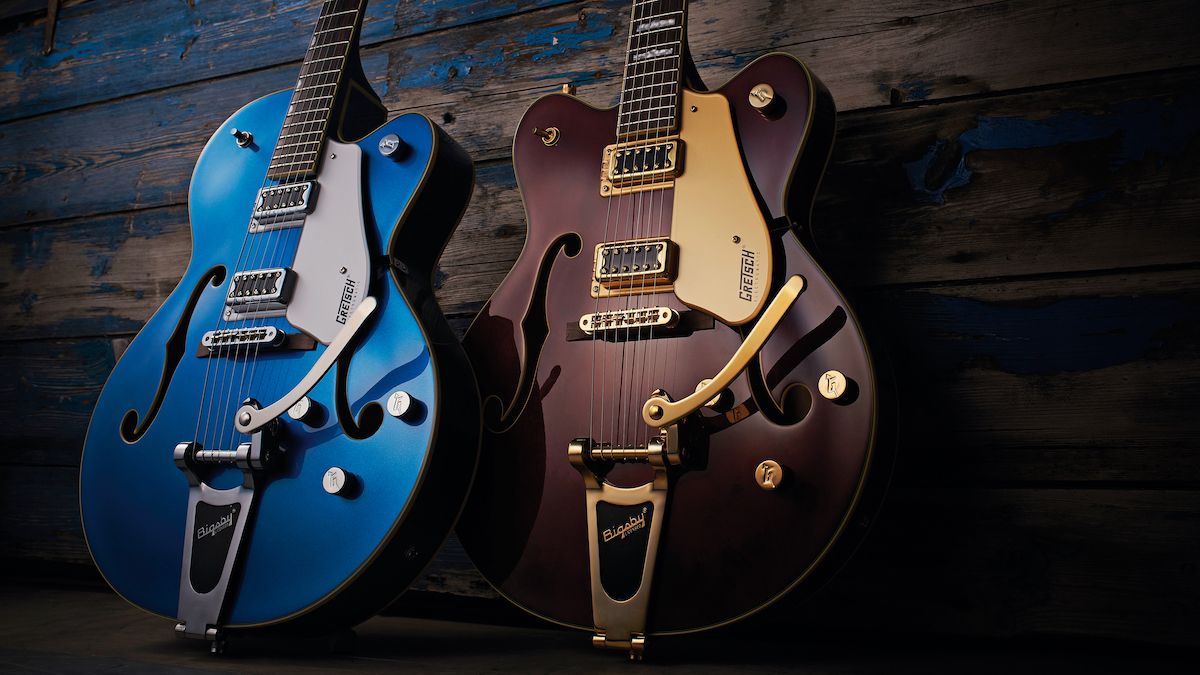
Early humbucker pioneer #1
Given that he built his first radio at the age of eight, it’s no surprise Ray Butts ended up influencing the evolution of electrified music.
Opening his own music shop led to the development of the Echosonic – a tape echo amp that was used by ’50s legends like Chet Atkins and Scotty Moore.
In 1954, when Gretsch were working on the 6120 model with Chet Atkins, Butts eliminated single-coil hum issues by connecting two pickups serially and out of phase, thus creating one of the first humbuckers, later known as the Filter’Tron.
8. Roger Mayer
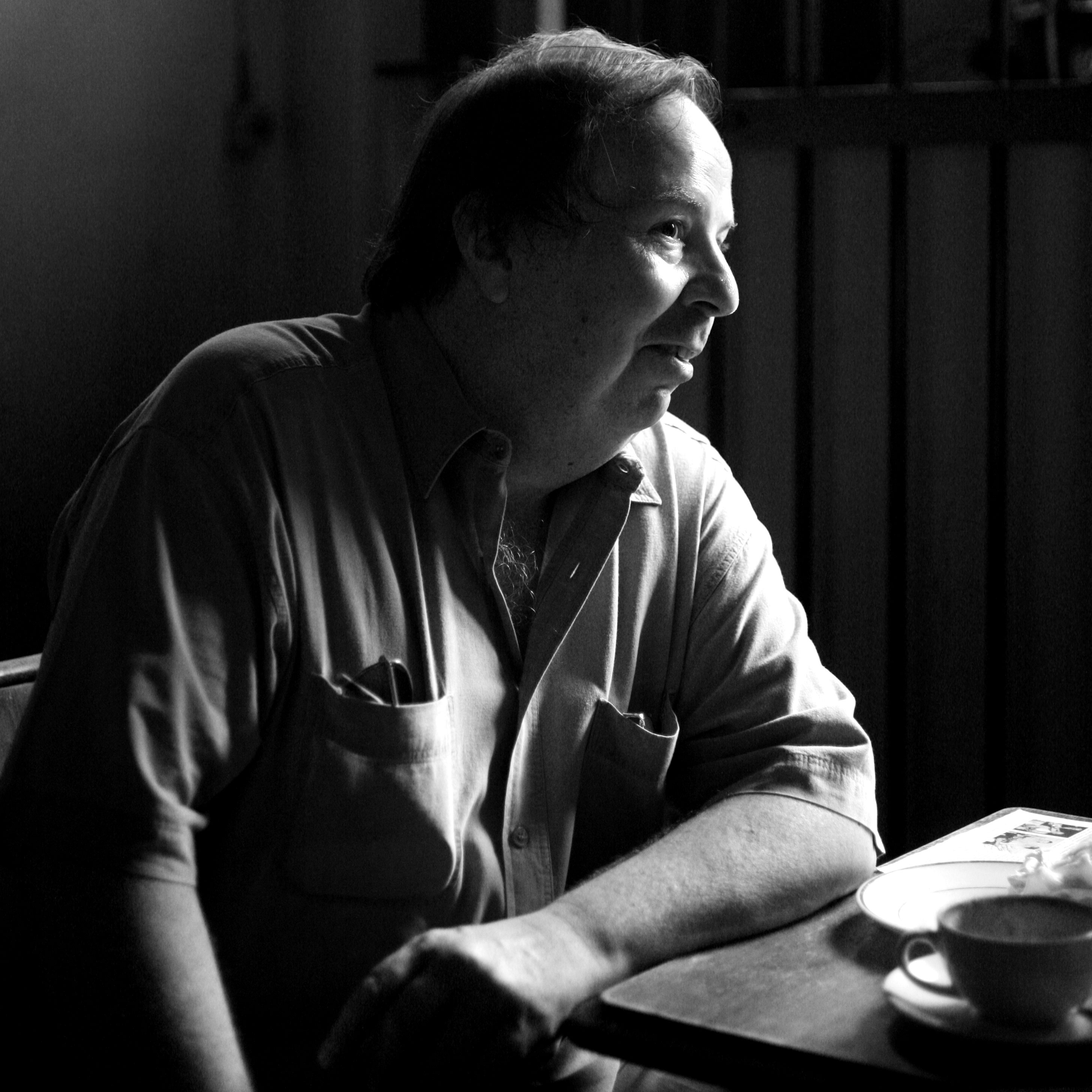
FX designer for the greatest of all time
Before Boss, MXR and Electro-Harmonix, there was Roger Mayer – the technician Hendrix, Page and Beck turned to for more overdriven and otherworldly sounds.
The Englishman’s most famous creation was the Octavia effect heard on Hendrix hits like Purple Haze and Fire – a pedal which reproduced a guitar’s signal one octave higher against the original clean tone and a distorted fuzz sound. All these years later, Mayer is still in business, manufacturing pedals and studio gear from his base in Surrey.
9. Seth Lover
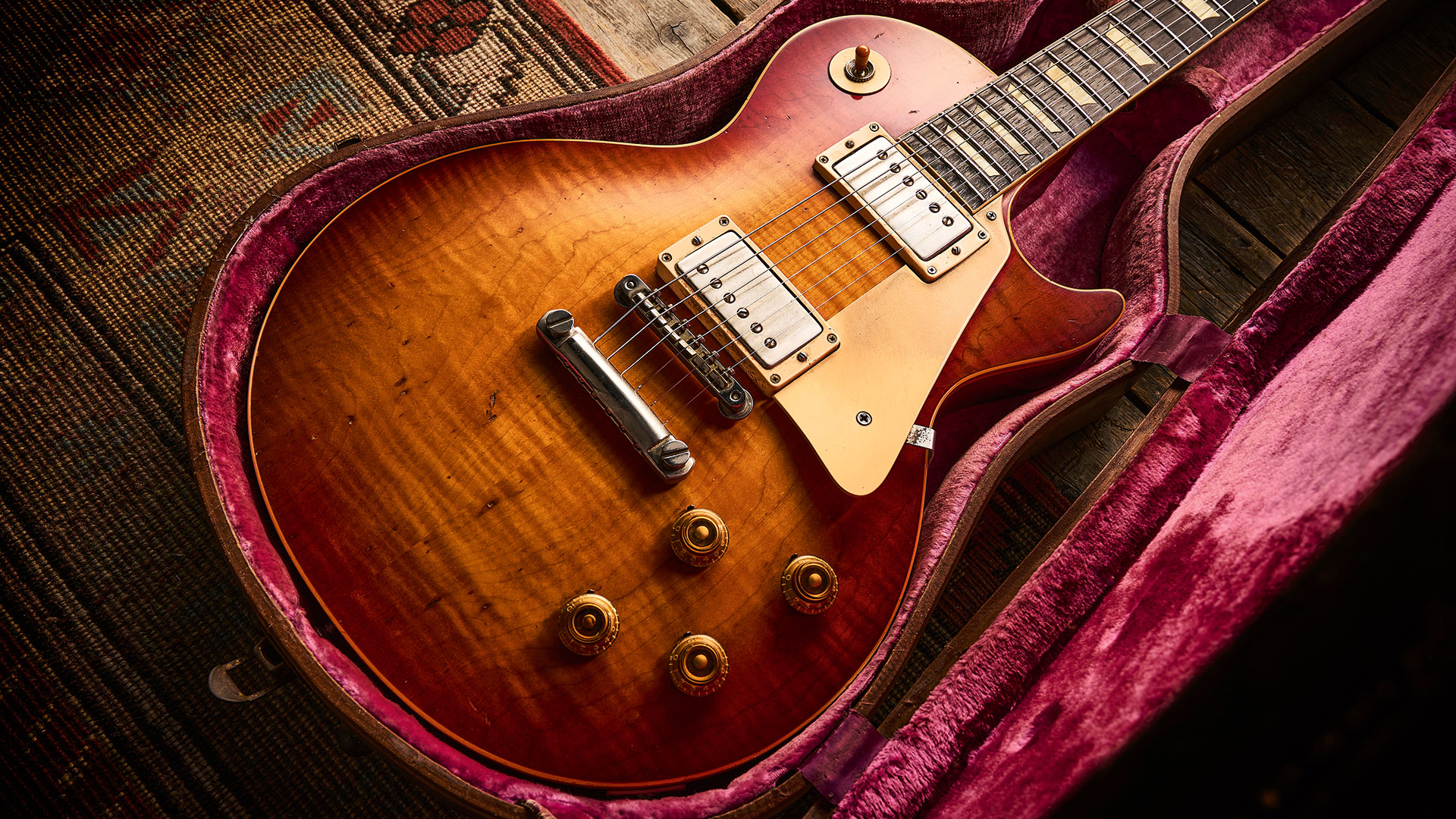
Early humbucker pioneer #2
There simply is no humbucker as storied and celebrated as the original P.A.F. (Patent Applied For), created by Seth Lover in 1955 while he was working for Gibson.
By wiring two coils electrically out of phase with reversed magnetic polarities, Lover was able to cancel the 60-cycle hum of single-coils and dial in more sonic girth.
Lover also contributed to the design of the Flying V, then went on to develop the Wide Range pickup for Fender before ending up at Seymour Duncan, whose founder described him as his “humbucker mentor”.
10. Seymour Duncan
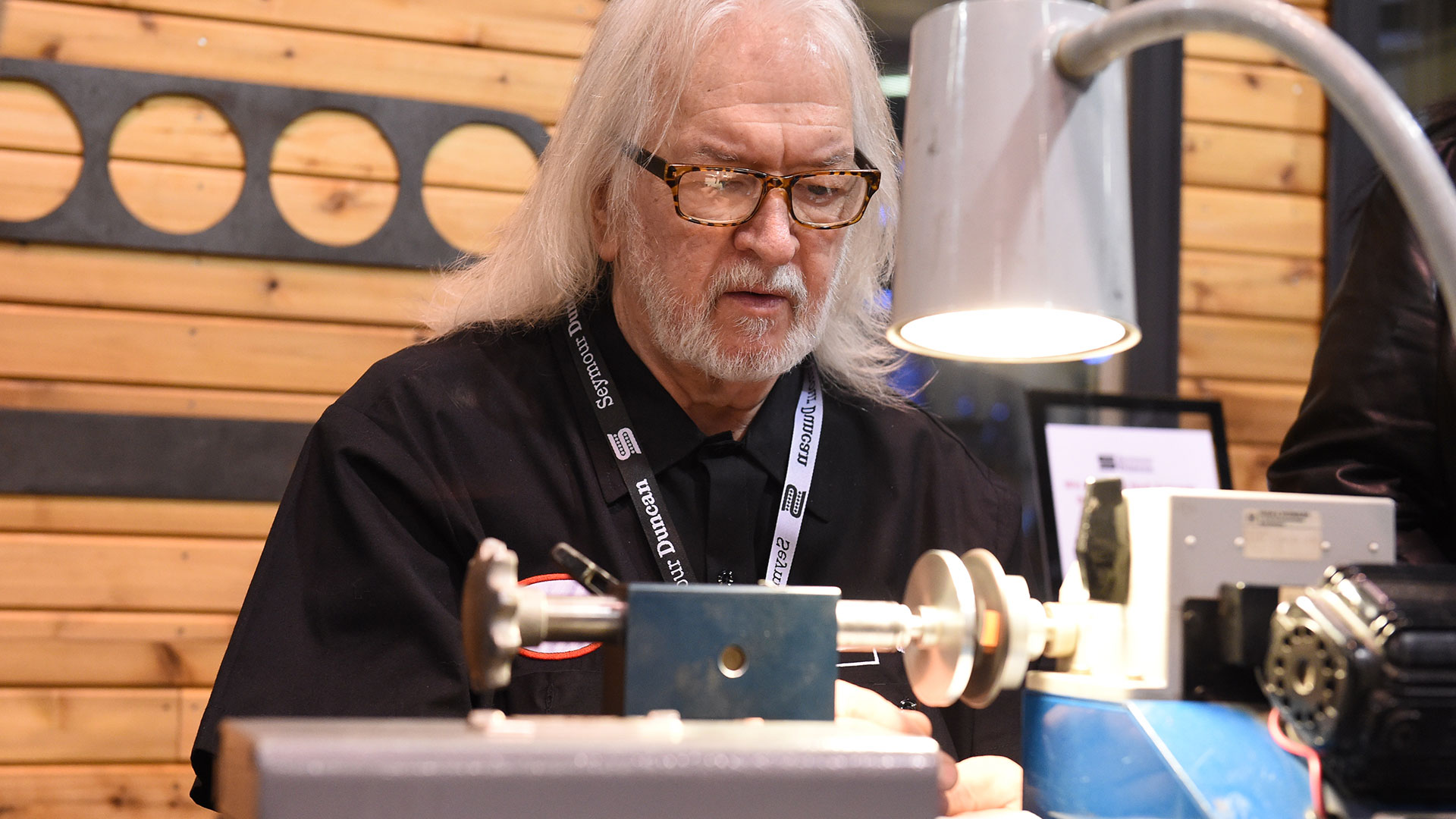
After-market pickup innovator
Having moved over from New Jersey to work at London’s Fender Soundhouse Studio in the early ’70s, Seymour W. Duncan made a name for himself repairing and rewinding pickups for a long list of guitar greats including Eric Clapton, George Harrison, David Gilmour, Jimmy Page and, perhaps most famously of all, Jeff Beck.
When his visa ran out, he moved to Santa Barbara, California and started his own company pioneering the after-market custom pickup and effectively creating a whole new industry for guitar enthusiasts.
11. Ted McCarty
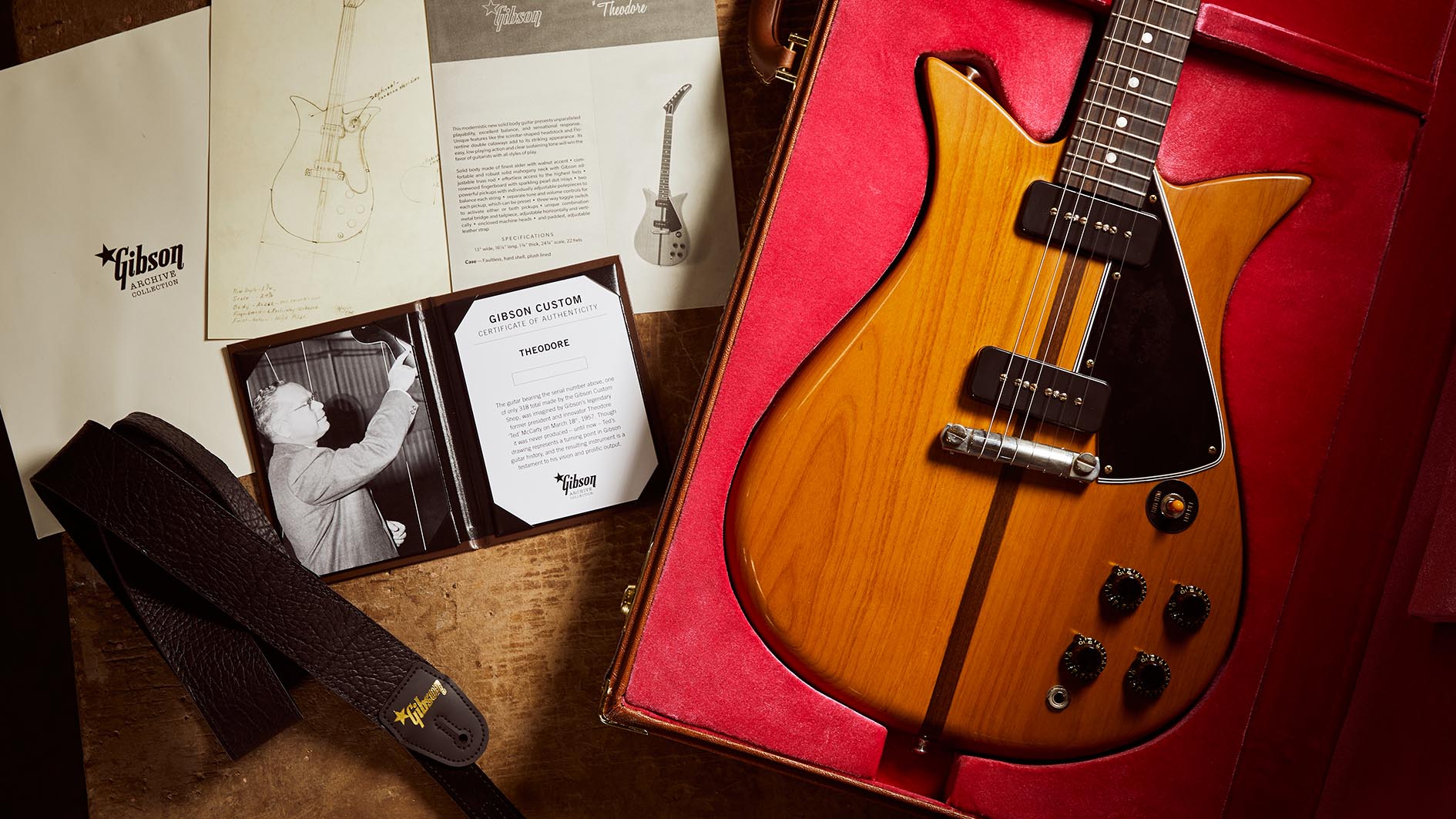
Gibson’s greatest designer?
Ted McCarty was named Vice President of Gibson in 1949 and then made President the following year – a position which he held during their golden period until 1966.
He helped Les Paul and a prototype known as ‘The Log’ become a reality, while also going on to develop the Explorer, Flying V, Moderne, SG and Firebird designs – as well as 2022’s Theodore after some 1957 sketches were found in the vaults.
Becoming a PRS consultant later in life, he was awarded his own tribute model in 1994, which remains in production to this day.
12. Walter Fuller
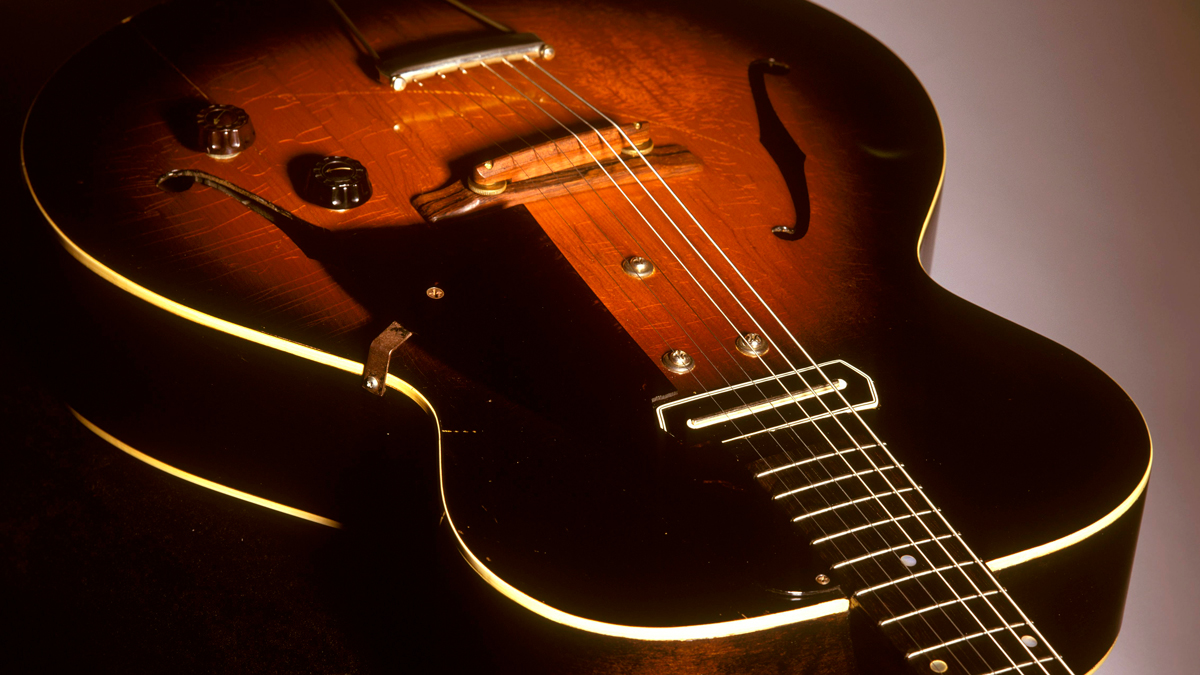
Designer of the big G’s first electric pickup
After joining the company in 1933, Walton Fuller made Gibson history just two years later by designing their first-ever electric pickup, used on the metal-bodied E-150 lap steels.
The same pickup was then seen on the ES-150 archtop models that arrived the following year, which were popularised by early jazz icon Charlie Christian and are generally regarded as the first commercially successful production electric guitars.
Prior to this, their electrified instruments were either primitive piezoelectric designs or after-market add-ons for traditional acoustics.
Amit has been writing for titles like Total Guitar, MusicRadar and Guitar World for over a decade and counts Richie Kotzen, Guthrie Govan and Jeff Beck among his primary influences as a guitar player. He's worked for magazines like Kerrang!, Metal Hammer, Classic Rock, Prog, Record Collector, Planet Rock, Rhythm and Bass Player, as well as newspapers like Metro and The Independent, interviewing everyone from Ozzy Osbourne and Lemmy to Slash and Jimmy Page, and once even traded solos with a member of Slayer on a track released internationally. As a session guitarist, he's played alongside members of Judas Priest and Uriah Heep in London ensemble Metalworks, as well as handled lead guitars for legends like Glen Matlock (Sex Pistols, The Faces) and Stu Hamm (Steve Vai, Joe Satriani, G3).
- Matt ParkerDeputy Editor, GuitarWorld.com


